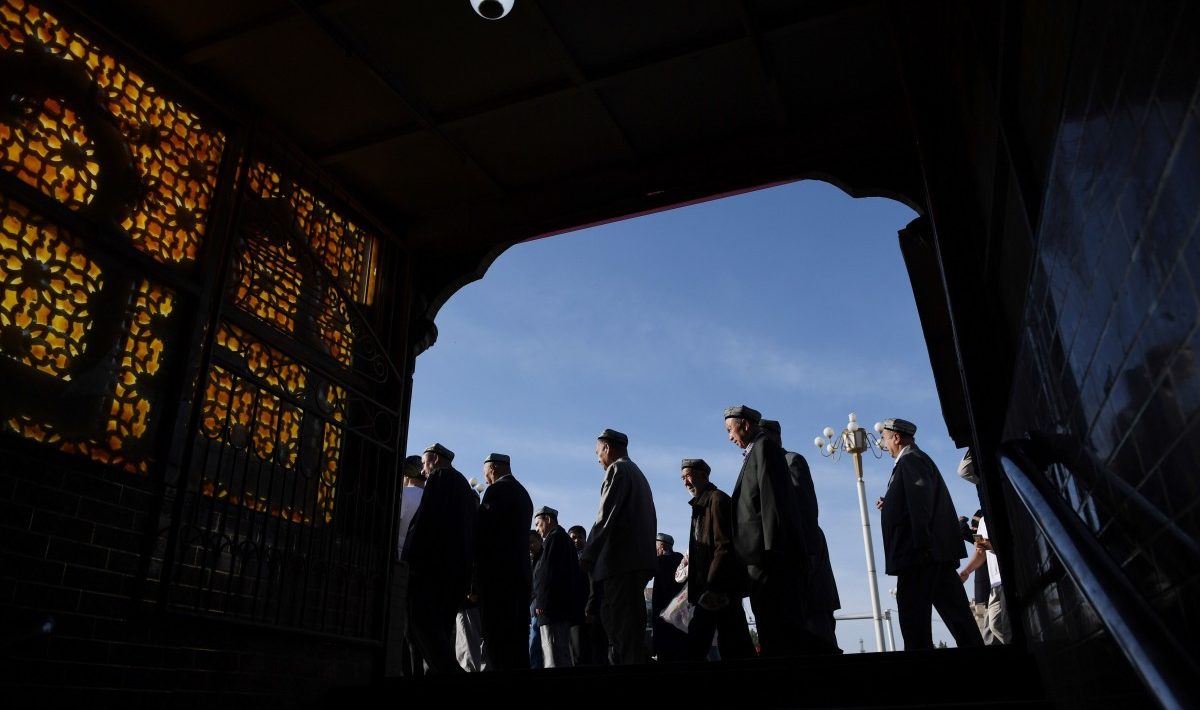A Chinese academic has countered US-backed allegations that China is using forced sterilisation against Muslims in Xinjiang, saying the claims were based on “fabricated facts” and “falsified data”.In the most detailed response to emerge from China over findings that US Secretary of State Mike Pompeo described as “shocking” and disturbing”, Xinjiang University associate professor Lin Fangfei said the claims of forced sterilisation were seriously inconsistent with China’s official data.Lin’s assessment, published on the university’s website on Monday, comes as China faces mounting pressure from the international community over human rights issues from Hong Kong to the far western region of Xinjiang.
It focuses on conclusions made in a report by German researcher Adrian Zenz and published by the Washington-based Jamestown Foundation think tank in June.
Pompeo cited Zenz’s report – “Sterilisations, IUDs and coercive birth prevention: The CCP’s campaign to suppress Uygur birth rates in Xinjiang” – in a statement on June 29, calling all nations to “join the US in demanding an end to these dehumanising abuses”.
China’s foreign ministry rejected the report’s findings the next day and called Pompeo a “brazen liar”.
Germany presses China on Hong Kong security law, seeks access to Uygurs in Xinjiang
In her assessment, Lin, from the university’s school of politics and public administration, listed six “lies” in Zenz’s report, from population growth rates to intrauterine device checks.
EVERY OTHER SATURDAYSCMP Global Impact NewsletterBy submitting, you consent to receiving marketing emails from SCMP. If you don’t want these, tick hereBy registering, you agree to our T&C and Privacy Policy
She disputed Zenz’s finding that the natural population growth rate in Xinjiang had dropped dramatically since 2015, falling to just 0.258 per cent in Hotan and Kashgar prefectures in 2018. Instead, Lin said, the growth rate that year was 0.296 per cent in Hotan and 0.693 per cent in Kashgar.
Zenz said the Kizilsu Kirgiz prefecture government had set an unprecedented near-zero birth rate target for 2020, but Lin said the target was 1.05 per cent, instead of the 0.105 per cent cited by Zenz.
She also rejected allegations that ethnic minority women who violated family planning policies were sent to “re-education camps”.
The United States and a United Nations human rights panel have said that up to a million people have been held in forced labour internment camps. China says the camps for Uygurs and other ethnic minority groups in Xinjiang are to contain terrorism and for vocational education.
China sanctions US officials and Congress members in response to Xinjiang ban
Lin went on to dispute a conclusion that 80 per cent of IUD operations in China in 2018 were performed in Xinjiang, saying the proportion should be 8.7 per cent, based on official data.
She also dismissed as “groundless” allegations that Chinese authorities had forced Uygur women to have birth control operations and that Beijing was doubling down on a policy of Han settler colonialism.
“Xinjiang’s natural population growth rate has indeed declined since 2015. However, the decline is by no means sharp,” she said. “Xinjiang’s natural growth rate in 2018 was 0.613 per cent, higher than the nation’s population growth rate of 0.381 per cent.”
She said the change in the fertility of ethnic minority women in Xinjiang was the result of women’s changing attitudes and not the result of government policy.
“This change is the significant achievement of China’s gender and ethnic equality, achieved by the long-term measures of protecting women’s rights and interests, and the policies of minority preferential treatment that the Chinese government has unremittingly promoted, and also closely related to the prosperous and stable social atmosphere in Xinjiang,” she said.
Jane Cai, CFA, is the Beijing Bureau Chief of the Post. She has been covering China’s economic, financial, business and political news since the early 2000s.

